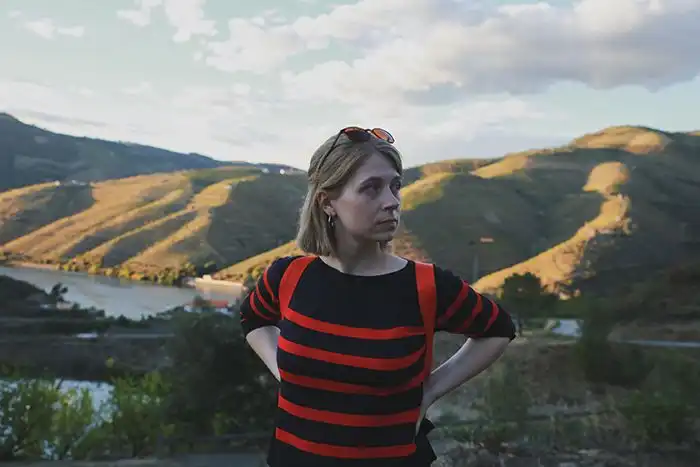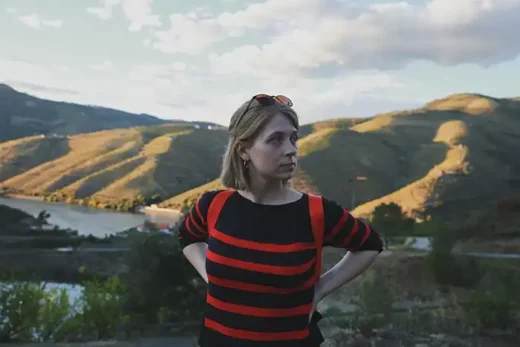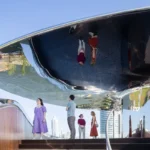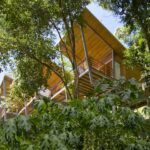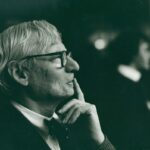Local Grounds, Global Minds. Zuzanna Jarzynska, NYC, Architectural Designer
Local Grounds, Global Minds
February 2024
Over the past decade, international design competitions have become increasingly common, alongside the globalization of design education and the internationalization of graduate cohorts across Asia, Europe, and the Americas. This shift has sparked a growing exchange of ideas and approaches in architectural practice. At the same time, the rise of digital tools has made cross-border collaboration easier than ever, enabling teams to work fluidly across time zones, geographies, and cultural contexts.
Zuzanna Jarzynska is an architectural and urban designer based in New York City, with deep roots in both European and American design cultures. She graduated cum laude from the Faculty of Architecture at Warsaw University of Technology in 2017, and in 2021 earned a post-professional master’s degree from Columbia University’s Graduate School of Architecture, Planning and Preservation, where she also received an award for excellence in urban design.
Between 2015 and 2019, while completing her first professional degree, she worked at BBGK—an acclaimed Polish firm and Mies van der Rohe Award finalist. There, she contributed to a range of notable projects, including the Prince Lubomirski Museum (awarded second place), the nationally recognized Warsaw Social District master plan, and several other design proposals. During this time, she also co-founded the design collective JJPRS, known for its creative and diverse competition work.
“We started the collective with Tomasz Jakubowski and Filip Strzelecki in 2015, while working on our first proposal for a spa resort in Uniejów,” Zuzanna recalls. “After reading the brief, we realized our strengths complemented each other—Tomasz brought graphic clarity, Filip had a strong conceptual approach, and I contributed with my grounding in urban design theory and technical analysis, shaped by my mentor, the renowned urbanist Sławomir Gzell. I believed we could create something unique together.” Their design won second place, and that early recognition helped propel their careers forward. Later joined by Tomasz Ploch and Agnieszka Roś, the group developed multiple national and international proposals. These included an adaptive reuse of a derelict lighthouse in Syracuse, Sicily (awarded distinction); a proposal for a new art museum in Suncheon, South Korea; and a concept for a secular temple in Tanaf, Senegal.
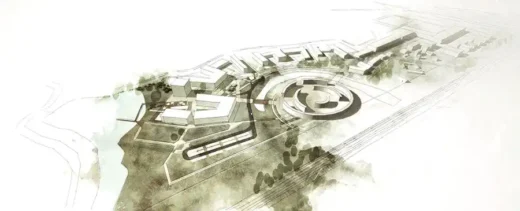
Figure 1 – Spa Resort in Uniejów. Initial Sketch
When the pandemic dispersed the members of JJPRS—Jakubowski to Copenhagen, Roś to Switzerland, and Ploch to Sweden—Zuzanna relocated to New York. After completing her second master’s degree in 2021, she founded a new international collective to compete in the EUROPAN 17 competition, a prestigious biennial event for architecture, landscape, and urban design professionals under 40. One of the largest competitions of its kind, Europan offers dozens of real urban sites across Europe and promotes cross-cultural dialogue through design.
“My master’s thesis in Poland was actually based on a Europan competition brief for Alta, Norway,” Zuzanna says. “Visiting the site in April 2016, together with my Norwegian and British counterparts, helped me better understand the impact Europan really has. I’ve always admired it for its thoughtful themes, high-caliber juries, and strong organizational framework. I knew I wanted to enter again—but this time, I wanted to approach it differently. As an EU citizen, I was eligible to form a team with professionals from outside Europe. That way, we could craft a more layered and objective response to a very local European context.”
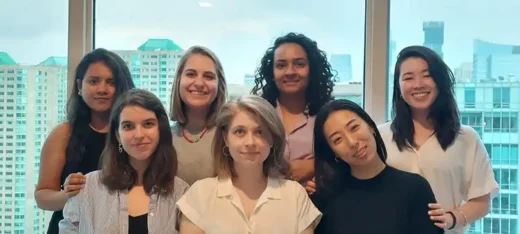
Figure 2 – Zuzanna (in bottom, center) and her Europan 17 team
She assembled a global team of women professionals in architecture and urban design—representing Venezuela, Peru, India, and South Korea—and together, working mostly online, they selected the site of Cantù, Italy. “Then we got to work.”
However, by May—just three months before the deadline—the team faced a rocky start. Despite their shared professional backgrounds, working together effectively wasn’t automatic. “It was crucial for us to first establish a common design vocabulary and agree on our core objectives,” Jarzynska explains. “The site’s theme, ‘Let the birds sing!’, offered poetic inspiration but little practical guidance on how to meet the sustainability and economic goals the competition organizers hoped to see addressed. There were so many possible directions to take.”
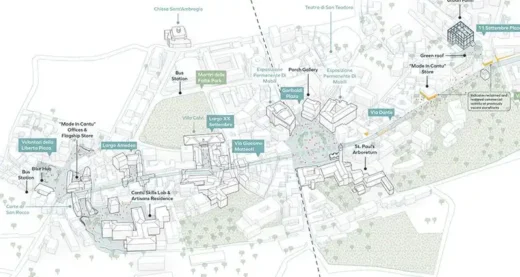
Figure 3 – Laceworks. Master Plan
“Cantù is a city with a rich legacy of textile and weaving craft and small-scale industry. Sadly, like many towns in Europe, it’s struggling with commercial decline and a generational loss of skills,” she continues. “We didn’t see this project as a blank slate, but rather as a chance to build on what’s already in motion.” The proposal responded directly to Cantù’s recent designation as an Urban District of Commerce and the launch of FULAWIM, a program supporting cultural and artisanal revival. The team envisioned a reactivated urban corridor along Via Dante and Via Giacomo Matteotti—connecting a newly defined Commercial Zone in the north and an Arts, Crafts, and Culture Zone in the south, with Garibaldi Plaza at the civic center. “We designed a spine of plazas and public spaces, each with its own rhythm and purpose, to bring life back into the heart of the city. Concentrated public life around vibrant urban spaces is something the most successful cities in each of our home countries have in common,” she explains.
“Our approach was also rooted in adaptive reuse and ecological thinking—something we all, as a team, deeply valued,” Zuzanna adds. “As a fierce supporter and lifelong admirer of European architectural heritage, I pushed for a strong focus on existing buildings. There’s so much potential in Cantù’s architectural fabric—it just needs care and a clear vision. That said, the deep respect for and celebration of existing architecture is something I felt was especially important to a European-trained designer. It was a principle I had to advocate for within the team, convinced it was the right direction for this project.”
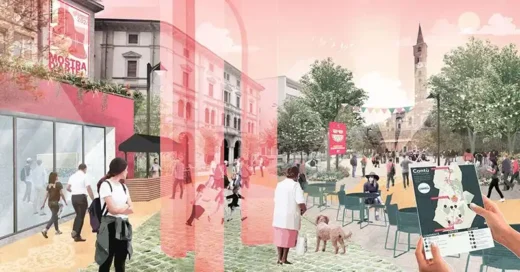
Figure 4 – Laceworks. Garibaldi Square Visualization
The final proposal integrates greenery into the downtown core, introduces permeable paving and stormwater strategies, and builds infrastructure for walking and cycling. Across three phases, the team outlined how underused spaces could be transformed into artisan hubs, an orchard and urban farms, community gathering areas, and flexible storefronts—including a flagship space for locally crafted goods under a new “Made in Cantù” label. “We offered a vision that feels both ambitious and grounded—something the city could build toward gradually, and proudly. We wove together and reinforced what already existed to create something new. We called it Laceworks.”
Most recently, Zuzanna has been involved in several projects in New Hampshire and Florida, working as an Architect and Urban Designer at Beyer Blinder Belle Architects & Planners in New York City. Alongside her main role, she’s also contributing to another exciting independent proposal. “I’m not allowed to share much more than this yet,” she says, “but we’re currently working on an architectural and landscape design proposal for a small town in the Midwest. I can’t wait for the project to be published—and to see what kinds of conversations it might spark. We’re learning so much through this process and truly hope the organizers find the proposal that best serves their goals. It’s incredibly exciting to think we can actively contribute to the improvement of American cities through our work.”
Comments on this guide to Local Grounds, Global Minds, Zuzanna Jarzynska New York City article are welcome.
Architecture
Recently added Building posts
How biophilic architecture is bringing nature indoors
Managing outdoor space maintenance in school settings
Sustainable property management
Workspace Building Design
Comments / photos for the Local Grounds, Global Minds, Zuzanna Jarzynska New York City page welcome.

